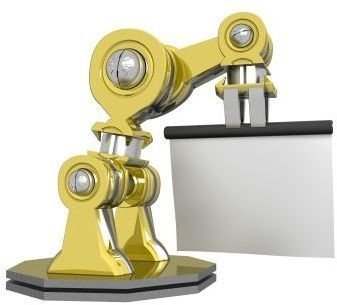The Patent Lifecycle: What Happens When a Patent Expires?
Lifespan
The common types of patents are utility patents, used for devices and processes, and design patent, used for appearance or design. The lifespan of utility patents extends for 20 years, and the lifespan of design patents extend to 14 years, starting from the date of application rather than the date of approval. On average, the US Patent Office takes 24.6 month to process applications. If the office takes more than three years for processing, the applicant may request extension of life by three additional years. Utility and plant patents issued before June 8, 1995 however expire 17 years from the date of issue
The inventor needs to pay maintenance fees at 3.5 years, 7.5 years, and 11.5 years after issuance. Failure to do so may lead to the patent considered as “abandoned” and expiring before the 14 or 20 years, with the knowledge passing on to public domain. In rare cases, paying the fees may lead to revival of such patents. A patent may also be revoked if someone challenges approval, citing the inventor does not have exclusive rights to the knowledge, and proves the same.
What Happens After Expiry
Patents protect the rights of the inventor, but at the same time the very purpose of issuing patents is to “promote science and useful arts” wherein the inventor agrees to share the knowledge to the world after a period of exclusive right to commercially exploit the knowledge. Therefore, the inventor retains monopoly over the invention during the pendency of the patent. After expiry, the knowledge becomes public domain that anyone can access and use. The government makes public the description of the product, filed at the time of application. The inventor no longer has exclusive rights over the knowledge or invention, and anyone can access the patent office records and copy the invention.
When patents expire, many businesses usually launch similar products, very often innovating on the product to bring out better quality and/or lower priced products to serve the same purpose. This is particularly noticeable in pharmaceutical drugs. When the patent of a drug expires, other pharmacies sell “generic” drugs with very similar components to the name brand drug.
Companies or inventors looking to retain their monopoly may file for a second generation patent after the original patent expires. Such second generation applications seek to protect some form of variation or improvement of the original. For instance, a drug manufacturer may claim further medical use of a product, such as trying to patent aspirin for fluidifying blood when the original patent may patent aspirin as a pain killer, or on a different dosage regimen. The patent office, however, need not always grant the second generation patent.
Inventors and businesses need to have a thorough knowledge about patent lifecycles, and what happens after expiry to harness the commercial benefits of the invention during the time they have monopoly rights.
Reference
- Georgia Tech Library. “Patent Facts.” https://www.library.gatech.edu/search_locate/techres/patentfacts.htm
- “Frequently Asked Questions.” https://www.iusmentis.com/patents/faq/general/.
Image Credit: freedigitalphotos.net/Danilo Ruzzuti
